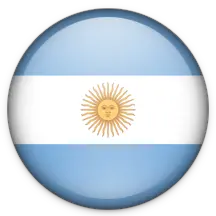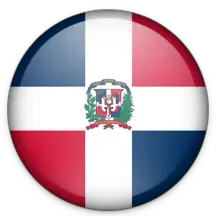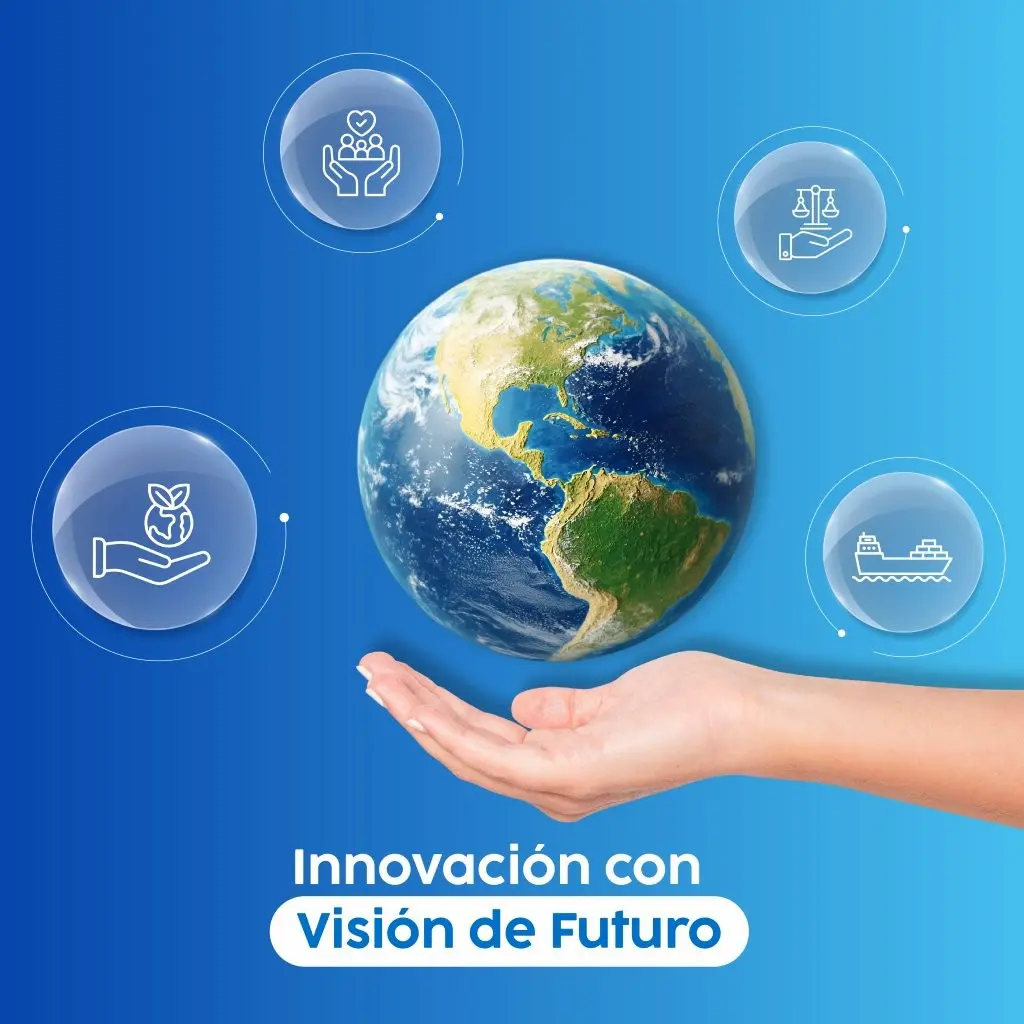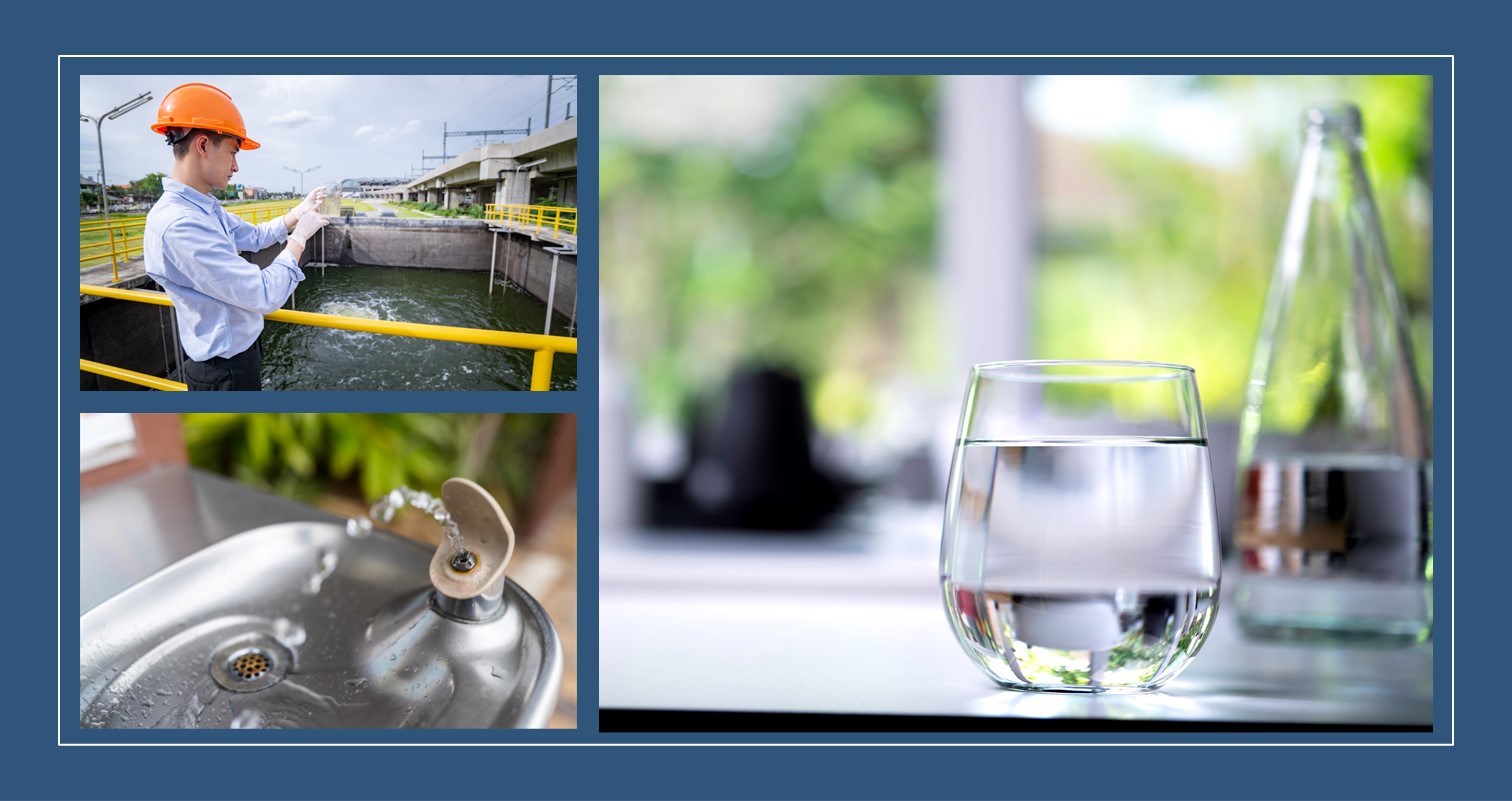
Water Purification, Challenges, and Solutions
An estimated 0.4% of the world’s water is fit for human consumption. Therefore, it is vital to manage drinking water treatment properly and ensure access to this resource in a safe, expeditious, and comprehensive manner.
Drinking water treatment is of utmost importance for the following fundamental reasons: public health, disease prevention, sustainable development, and environmental protection.
Proper treatment for drinking water from different sources
Water potabilization is the process by which the treatment of different sources of raw water is managed so that it can be consumed by humans, complying with the standards and legislation of each country that their regulatory frameworks require.
The treatment of raw water to make it potable requires different processes and unitary operations, whose objective is to remove or eliminate some substances or elements that are toxic for people. Algae, bacteria, and viruses that may be present in the water must also be controlled and eliminated. In short, it must eliminate any potential risk to people’s health.
The water purification and management process vary depending on the natural conditions and the raw water source.
If the source is surface water (water from a river or lake), the drinking water treatment usually consists of a process of separation of some components from the natural water; this is followed by the precipitation of impurities, filtration, and disinfection with chlorine, ozone, or other technology.
To remove the colloids that cause water turbidity, coagulants, and flocculants are usually dosed as part of a physicochemical process for solid/liquid phase separation.
Mathiesen: professional advice and high-quality and safe chemicals for drinking water
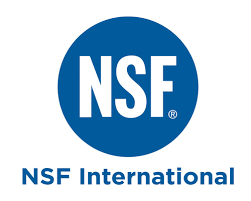 Mathiesen has within its portfolio of chemical products for water treatment a series of coagulants and flocculants with NSF certification, which can be used in the purification treatment of drinking water.
Mathiesen has within its portfolio of chemical products for water treatment a series of coagulants and flocculants with NSF certification, which can be used in the purification treatment of drinking water.
The appropriate selection of chemical products is made based on laboratory tests and trials to define the products that provide the best performance and, at the same time, determine the exact doses that allow for achieving the committed and expected results.
Subsequently, these laboratory results are validated in industrial evaluations to replicate the results obtained at the Water Treatment Plant facilities.
On the other hand, if the raw water source contains salts or heavy metals, the processes and unit operations used to remove these impurities are more complex and costly. In water-scarce and coastal areas, drinking water can be obtained by desalination through reverse osmosis or distillation.
Mathiesen has technically qualified personnel to carry out tests at the laboratory level and subsequently execute them at the industrial level. Our team of professionals is trained to recommend improvements and optimizations in our clients’ plants and the dosing & control systems when applying chemical products.
Contact Mathiesen specialists to coordinate a technical visit to the Water Treatment facilities to survey and evaluate the current systems and review the operating parameters and variables.
